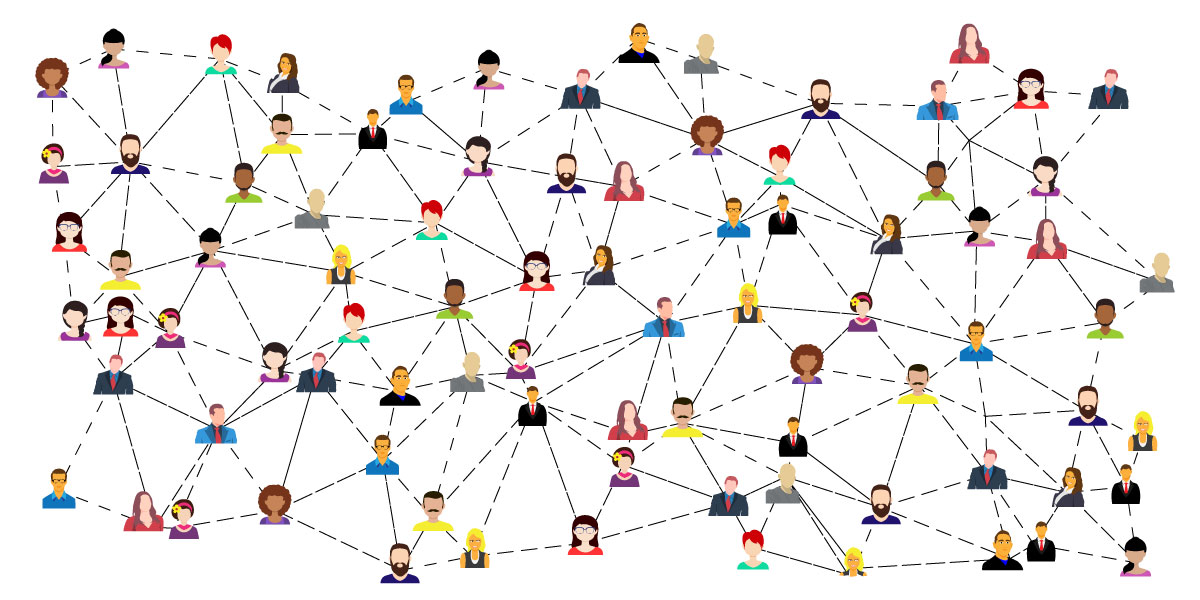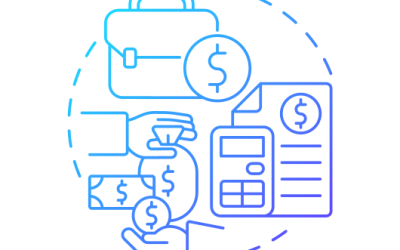[vc_row][vc_column][vc_column_text]When we talk about our audiences in marketing, we usually talk about people that meet the criteria for our ideal customer. We look at buying behavior, need, age, and gender among other characteristics.
There is another audience that we all know but may not identify as an audience. The audience is the referrer customer. Why do we not recognize the referrer customer as a separate audience? Could it be that they are already a customer? Probably. Or do we see the referrer as a subcategory of the customer? Possibly.
The truth is the referrer is its own audience. Businesses that treat the referrer audience as their own entity have the most success with building a referral network. The business owner understands that referrers have different behaviors than non-referral customers. Referrers are loyal for different reasons such as acknowledging the business’s product or service can do greater good if they help spread the word. Whereas the non-referral customer is a repeat customer but only for their own interest.
Your CRM is a powerful tool that you use to attract, convert, and nurture customers. Another strategy that you can integrate into your CRM is building and maintaining your referral network. Let’s look at how to do this.
Look at your referrers as their own audience.
The first step is to treat them as their own audience. This means it is beneficial to conduct an audit of their behavior and characteristics. What sets them apart from non-referral customers? Why do they refer to? After you have done this exercise, create a persona for your referrer. A persona is a fictional character that you create that represents the user. In this case, you create a character that represents the referrer. The persona can be used as a foundation to make decisions about this audience.
Configure your CRM for the referrer.
If you are already using a CRM, you probably have workflows and funnels for the prospect and the customer. The referrer would be a new audience that may have different processes and workflows. For instance, after a customer makes a referral, you can create an automated email sequence that thanks them, incentivizes them, and nurtures them. The thank you and incentives will most likely be different than the thank you and incentives for non-referral customers. By configuring your CRM for the referrer, you are building a referral network around a specific audience and the audience will feel more valuable because you are speaking to them as a referrer.
Focus on those who have already made referrals.
Once you recognize your referrers, focus on them. Look at how you can grow them as a repeat customer, but also, how you can grow them as an advocate. Growing the referrer as an advocate can take different forms based on your industry. One example could be asking them for feedback, but don’t just make it a generic feedback about customer service, etc. Get specific and let them know that they are a part of a select few who you are asking to help you improve the product, the service, customer service, or what it may be. This gives them a sense of ownership in the evolution of your product or service. They feel like they are contributing. It is worth spending the time to nurture them to be better referrers.
Record what you learn in your CRM.
The customers that become referrers on their own will is great. Those are the best kind, but you cannot rely on everyone to operate that way. Using your persona and knowing the referrer characteristics, you can begin to recognize customers who may be a good candidate for your referral network. Take time to reach out to these customers for coffee or a zoom call. Take notes and record what you learn in your CRM. Use this knowledge and start treating them as a referrer. If they respond and begin to refer, great. If they do not respond as one who desires to refer, that is alright. Move them back into your customer audience and nurture them as a customer.
Conclusion
Customers who refer need to be treated differently as non-referral customers. Not because they are better, but because they are loyal to your business for different reasons. If you treat everyone as a referrer customer, you will use your time trying to nurture unqualified customers and your referral network will become stagnate. Building a referral network with qualified customers will bring in more qualified customers. If you do not have a referral program, we recommend that you read our article, “5 Ways to Use Your CRM to Get Referral Customers”. If you are unsure how to create a referral audience and integrate it into your CRM, contact us at 301-332-0613 or use the form below. We would love to help you make your referral network successful!





